
Take Multi-Factor Authentication Seriously
Each day, it seems, a new company, big or small, is the victim of a data breach or ransomware assault. As soon as cybersecurity experts improve protections, cybercriminals develop ever more sophisticated methods of attack.
Individuals and organisations alike need to take precautions to ensure the safety of their customers' and employees' personal data. Everyone should use multi-factor authentication (MFA) to increase the safety of their online accounts.
The usage of multi-factor authentication requires more than just entering a password to verify a user's identity. While this may seem to be a simple solution, deploying it across a whole organisation might involve a number of moving parts. In this article, we'll discuss why it's crucial for organisations to implement MFA, and then provide some advice on how to do so.
The risks
Any company that suffers a cyberattack pays a heavy price. Loss of client trust is another major risk associated with data breaches, which may be just as expensive as paying ransoms or other financial difficulties.
As an example, the CEO of Colonial Pipeline had to decide whether to pay a $4.4 million ransom, and that's before considering the repercussions for the whole area due to the gas shortage.
There were almost 4,000 documented data breaches in 2020 alone, impacting organisations of all sizes from sole proprietors to Microsoft. Every day, people's private information is compromised due to events like ransomware and virus attacks, phishing schemes, and other intrusions. The proliferation of cloud-computing, the Internet of Things (IoT), and digital banking, among other developments that improve the convenience but also the vulnerability of our digital lives, has further widened the potential entry points for such attacks.
The fact that people remain defenceless despite technological progress is a major issue. First of all, creating a secure password is something that most people are terrible at. Most individuals choose easily-remembered passwords, making them vulnerable to guessing or brute-forcing attacks employing password databases. Most users also reuse passwords across many accounts, making them all vulnerable to attack with with a single compromised one.
Action to mitigate this threat has begun. Two-factor authentication (2FA) is becoming more popular and typically consists of a code that is delivered to the user through email or text message. Many popular two-factor authentication methods are insecure.
Many people don't take phone security seriously, relying instead on a simple four-digit PIN to prevent their device from being stolen (which can be brute-forced). In a similar vein, phishing emails may successfully trick many individuals into giving over sensitive information. Because of this, we can't rely just on strong passwords and two-factor authentication.
A Guide to the Benefits of an MFA
Multi-factor authentication (MFA) is one of the least time-consuming and invasive methods to increase the security of your online accounts and make it more difficult for hackers to get access to them. The need for MFA has become so critical that some organisations, like Google, have started mandating it for all customers.
Even if you are confident in the safety of your system, you should still use MFA. Expert in cyber security at Privacy Canada, Ludovic Rembert, says that even for something like a private WiFi network or a home security system, you should always have numerous levels of protection:
Using wifi, "[hac_kers] may also acquire access to your network in general," explains Rembert. "To prevent this, you may create very lengthy passwords with unique symbols, change your password periodically, check your security settings, or utilise encryption software as an added layer of protection."
The growing popularity of Internet of Things gadgets and cloud-based services further heightens the importance of this issue. Having workers work from home during the pandemic made it more more important for businesses to offer remote equipment and secure access. Unfortunately, cloud-based solutions and IoT devices increase the complexity of cybersecurity infrastructures, and there have been many examples demonstrating the weaknesses of such devices.
Multi-factor authentication (MFA) increases safety by making it so you need to provide proof of who you are in more than one manner. Something you know (such as a password or PIN), something you have (such as a smart card or security token), and something you are all work together to provide a foolproof system of authentication (e.g. fingerprint or voice recognition). Multi-factor authentication (MFA) requires the use of at least two of these methods to function properly.
Additionally, MFA alternatives are progressing towards a higher level of sophistication through the use of artificial intelligence (AI) for behavior-based authentication. Credentials alone aren't enough to fully verify a user anymore; so-called intelligent authentication uses contextual factors like location, IP address, time of login, etc. to give a more thorough level of assurance. This is a glimpse into the future of multi-factor authentication, which, when combined with digital identity management systems, may significantly improve the safety of businesses.
MFA: How to Set It Up
Even though multi-factor authentication (MFA) is one of the most user-friendly security methods, it may still be difficult for companies to settle on the best option. Here are some things to think about before implementing multi-factor authentication at your company.
Alternate between many methods of verification
Numerous options exist for what to include in your Master of Fine Arts thesis. While one-time passwords (OTPs) may not be a silver bullet, we've previously discussed how they might be used to make life more difficult for hackers without causing undue stress for your staff. Similar to how security questions aren't sufficient on their own but still part of the multi-factor authentication process.
Push-based authentication, also known as software token authentication, is a more secure alternative to one-time passwords sent through text message. Users will need to download a separate app to verify their logins, although doing so should be painless after the first setup. A push is safer than a pull since it is sent through an encrypted channel that is isolated from the main network.
These alerts do not include a code and are transmitted through an encrypted channel. Unlike one-time passwords (OTPs) sent through text message, which may be read with the screen locked, push notifications require the user to unlock the device and click a confirmation button. Your multi-factor authentication (MFA) software should use digital certificates and encryption on some level, regardless of the other solutions you implement.
In IT, MFA doesn't have to be a hassle (or users)
The implementation of multi-factor authentication need not be a headache for the IT department. Many companies, particularly SMEs, steer clear of it because they believe it would be difficult to implement, but you may instead concentrate on making solutions that are easily scaled. Some multi-factor authentication (MFA) solutions may be implemented without physically going to each device for setup since they can connect with the network.
As with any product, it's important that this kind of software has a positive user experience, both for the end users (the workers) and the people responsible for setting it up (the administrators). So that users aren't required to login prior to each usage, you may implement your own behavioural settings even if you don't have the infrastructure for intelligent authentication. This might include things like timing and simultaneous device connections.
Teach your staff how to spot security risks and how to avoid them.
Sadly, we are often the weakest link. Concurrent with the rollout of multi-factor authentication, training staff to choose strong passwords and spot phishing attempts is essential.
They may also learn to utilise MFA on their own devices. It's likely that they're checking business-related emails and the like on their phones, especially if they work remotely. Insist that your staff exclusively stores confidential information on company-owned, password-protected devices and servers, and provide them with VPN access for their personal computers and mobile phones.
It's likely that biometric data is the most difficult MFA method to hack, provided that the necessary infrastructure is in place. Keep in mind that most devices already have this functionality even if you can't apply it company-wide. Insist that everyone utilise fingerprint locks on their phones, both at work and at home.
Conclusion
When implemented correctly, multi-factor authentication (MFA) is one of the easiest and least time-consuming methods of security a business can use. There is virtually no excuse for enterprises and people not to take advantage of this solution, given the widespread nature of cybersecurity threats in the modern digital ecosystem. Your staff and confidential information will be much safer if you use cutting-edge technology to build a multi-layered security architecture.
Keywords:
- multi-factor authentication (MFA)
- Two-factor authentication (2FA)

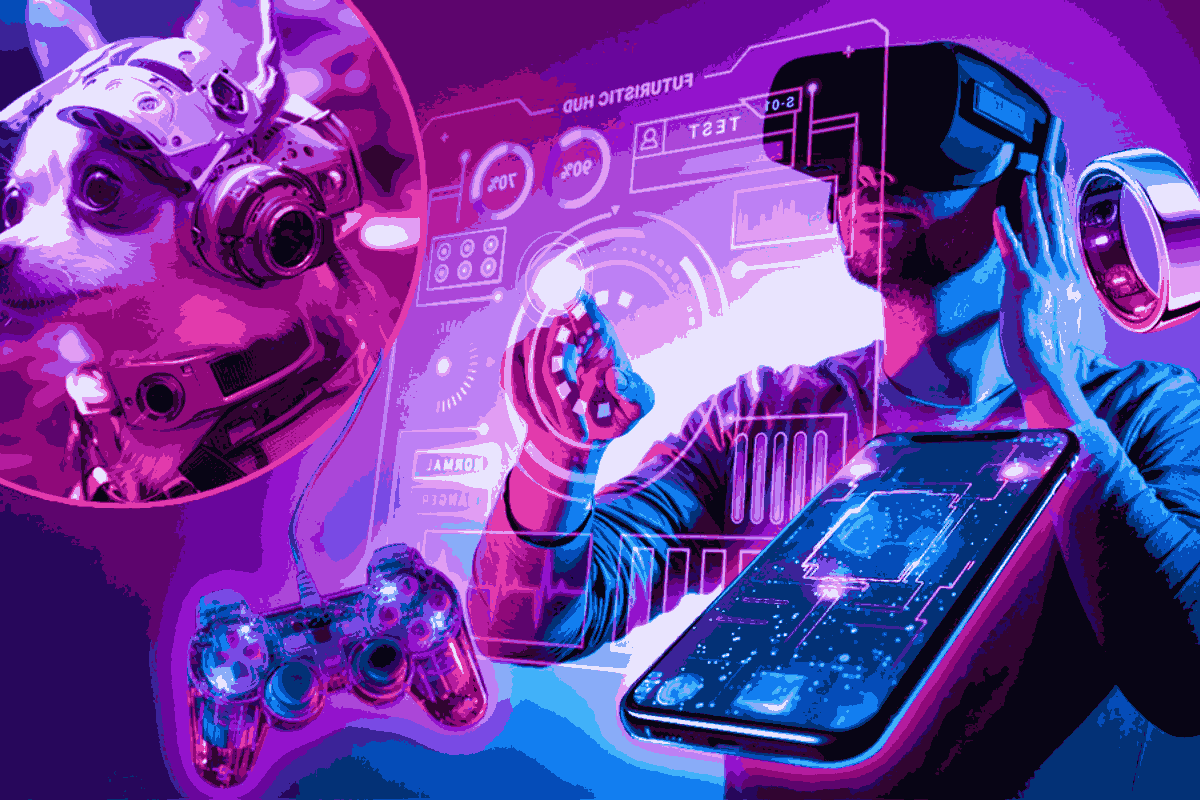
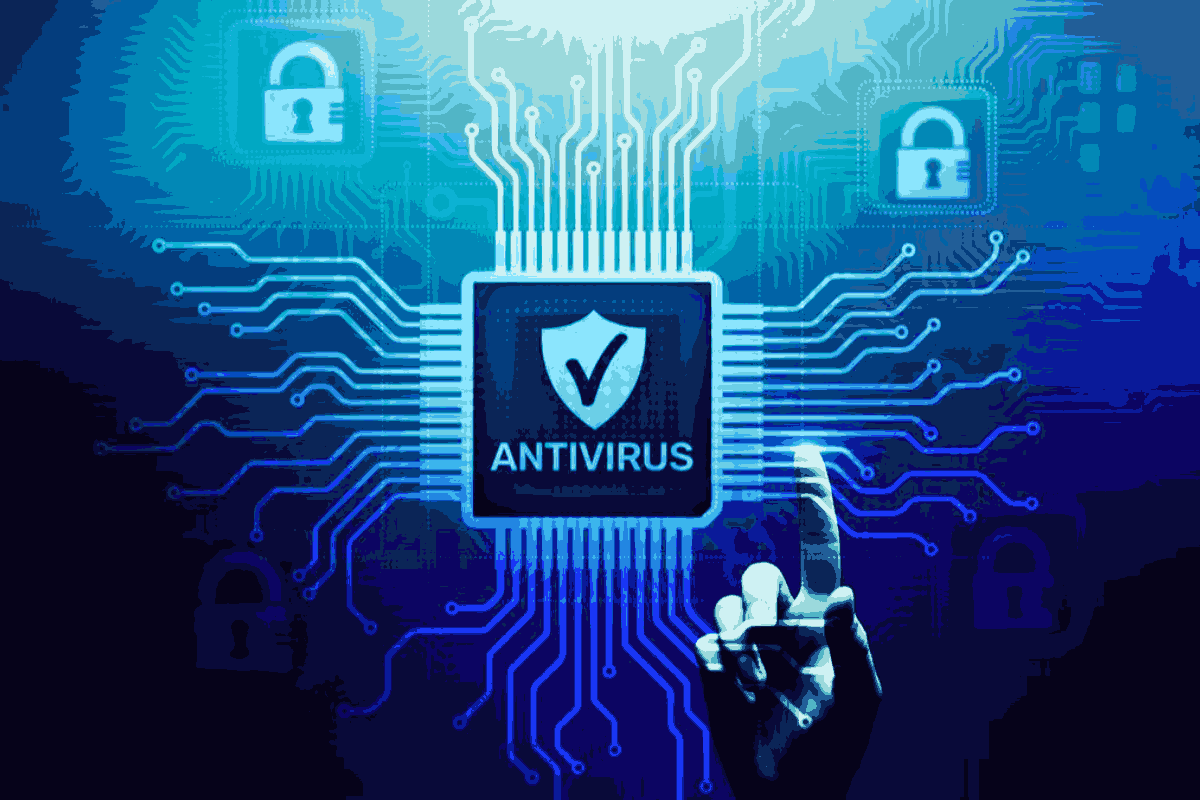
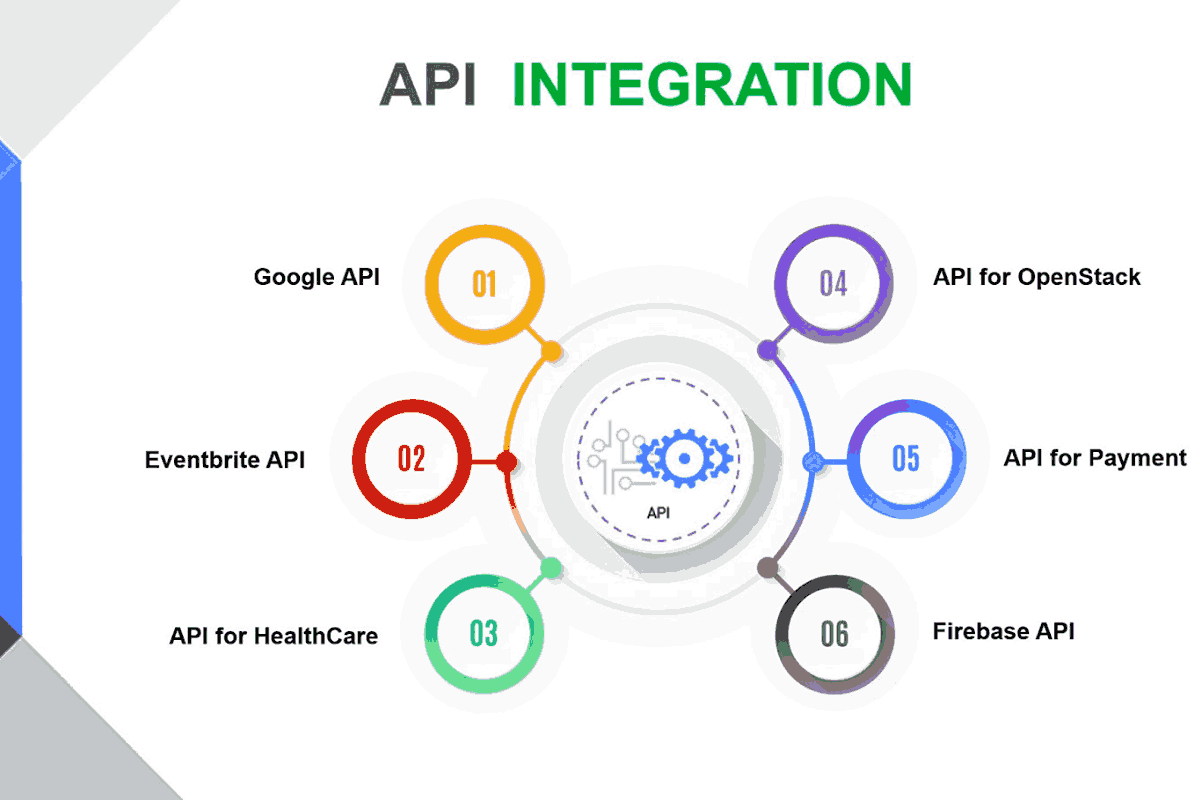
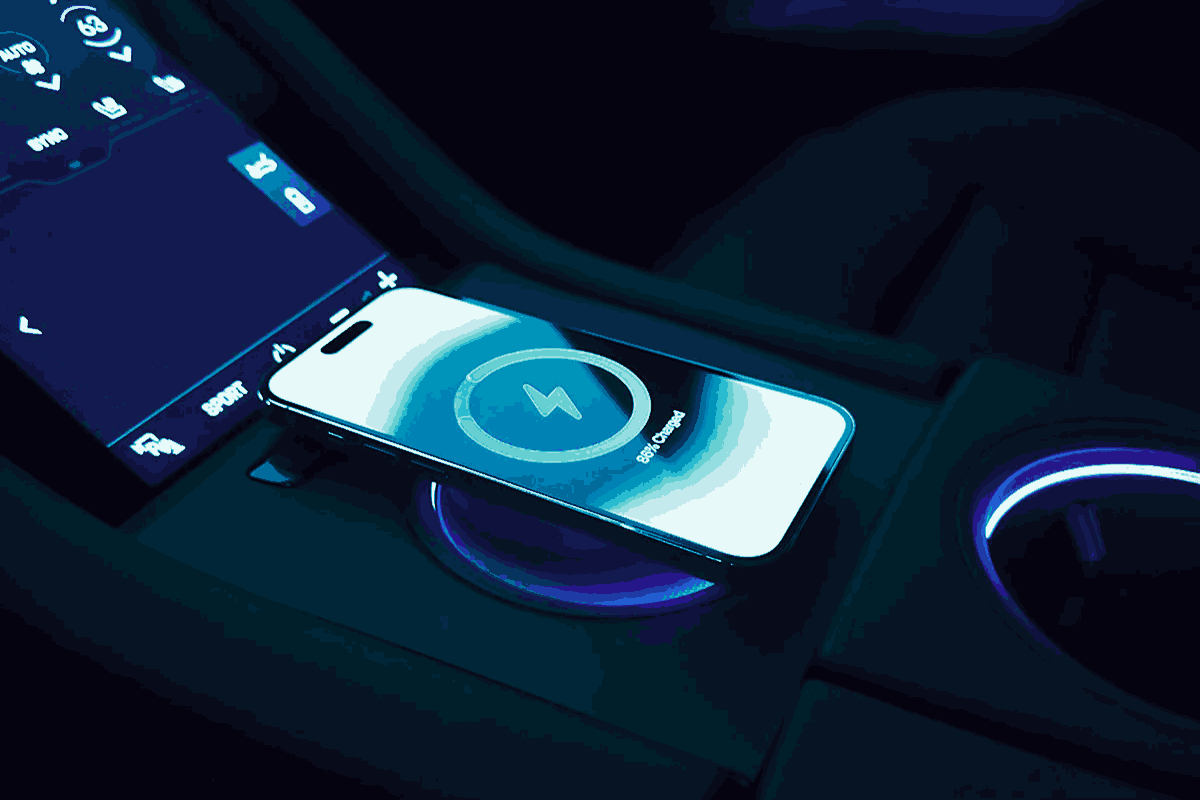
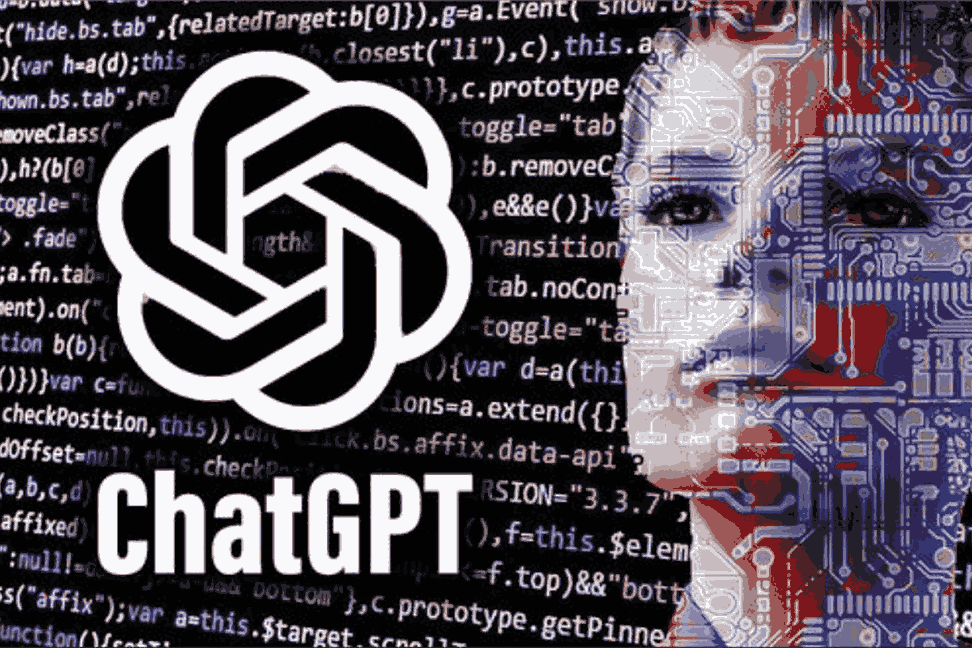
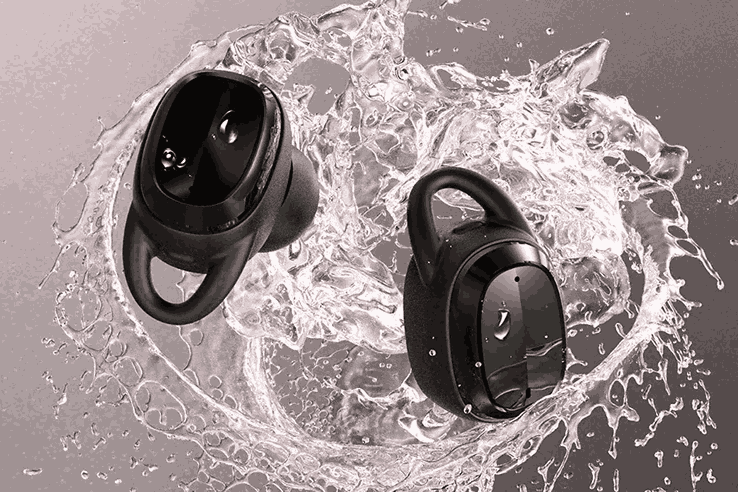



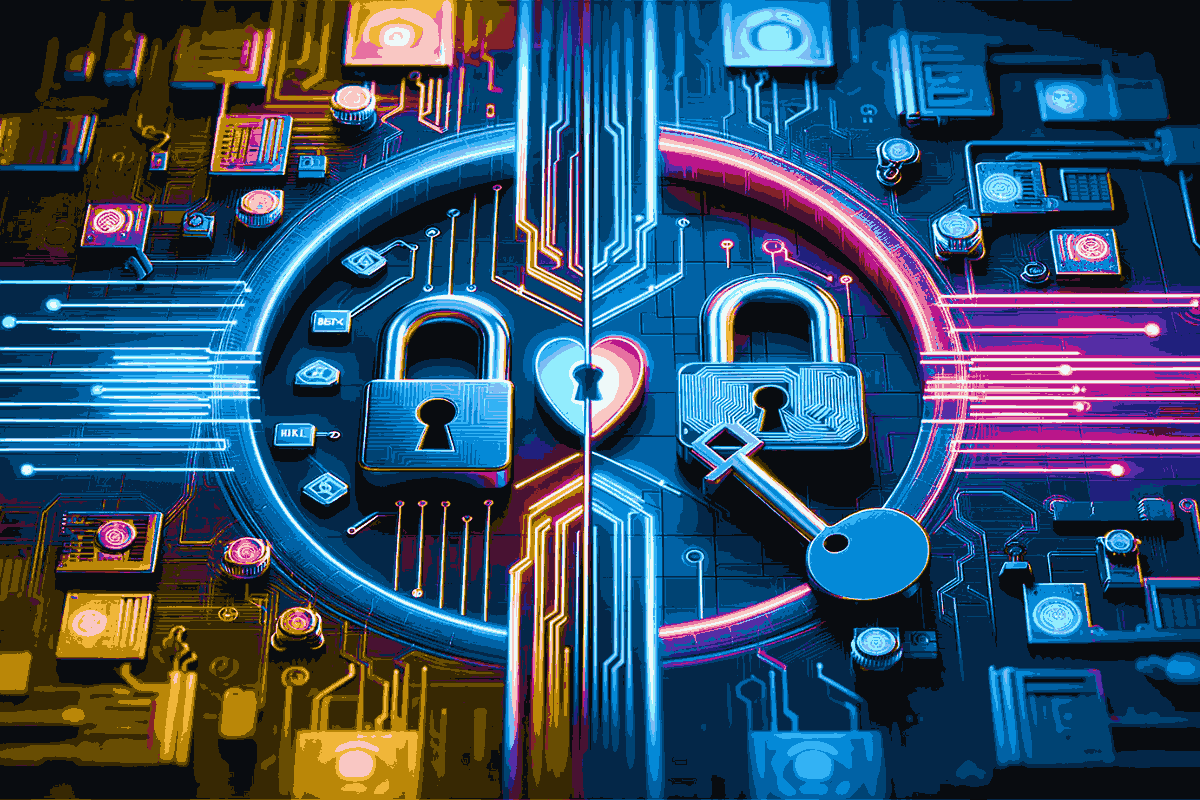
Leave a comment